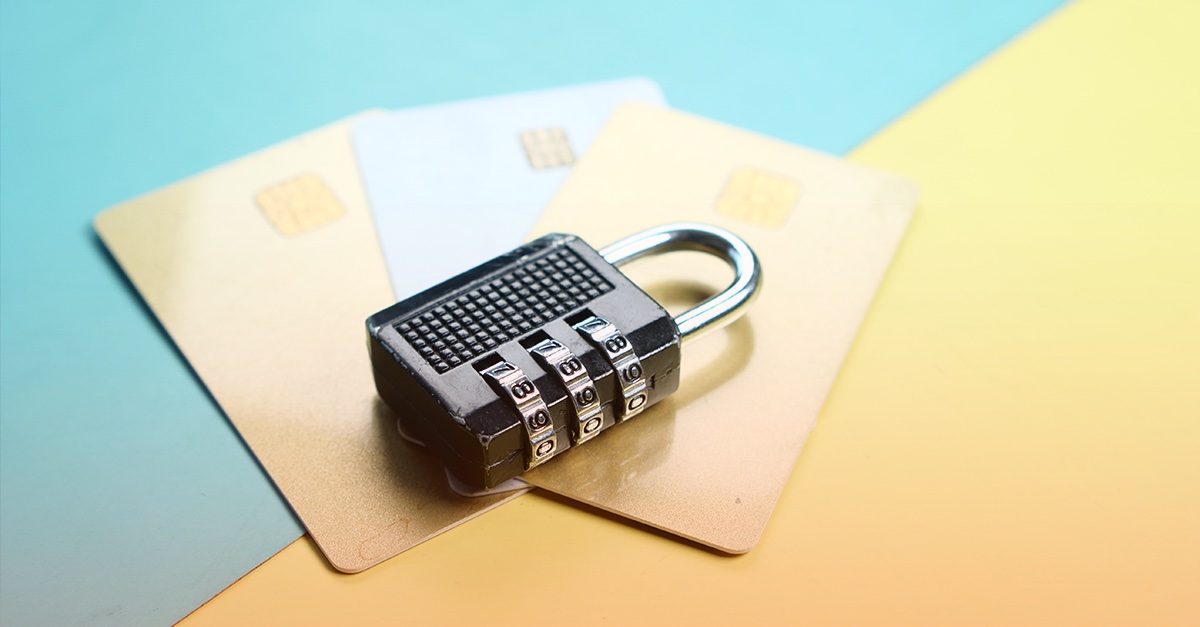
PCI Requirement 9.1.2 – Implement Physical and/or Logical Controls to Restrict Access to Publicly Accessible Network Jacks
Controls for Publicly Accessible Network Jacks To ensure that visitors cannot exploit network jacks, PCI Requirement 9.1.2 requires that organizations implement physical controls and/or implement logical controls that restrict access to publicly accessible network jacks. The PCI DSS also explains, “Restricting access to network jacks will prevent malicious individuals from plugging into readily available network jacks and gain access into internal network resources. Whether logical or physical controls, or a…



